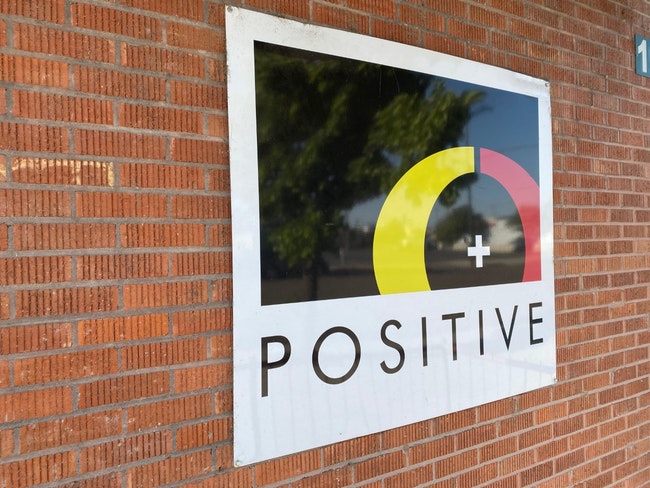Ontario School District officials say they have no records supporting key claims in a recent public statement explaining plans to close a pair of rural schools.
The district repeatedly responded that “no new records exist” when asked for records related to the district’s first detailed statement about the school plan. That came in a newsletter sent to parents and posted on the district’s website last month.
Instead, district officials say key information in the newsletter didn’t come from school system files but instead came through conversations among school officials.
Taryn Smith, the district’s public relations manager, wrote Feb. 5 in response to a public records request that there weren’t any drafts of the three-page newsletter. “We discussed edits in person” and that involved “district officials.”
That echoes the district’s response to the unsigned statement put on its website last fall that disclosed deep within the message that two schools would be closing. Smith said there was no record of who wrote the message, who approved it, or any record of when it was put on the website.
The handling of the school closure by Albisu and her team have raised concerns about the candor of the school system with parents, teachers and community leaders. Albisu has defended her actions, insisting she has been transparent but so far hasn’t explained contradictions in her statements.
The Enterprise sought documents to support statements that Albisu and her team made in the January newsletter. Albisu has refused interview requests, ignored written questions and has not responded to draft excerpts of stories sent to her by the Enterprise for accuracy checks.
In that January newsletter, Albisu wrote that “the plan has been adjusted from our original design” that would not have closed any schools. In 2019, she planned to use Pioneer and Cairo schools as traditional elementary schools or convert them to magnet schools, focusing on particular topics. They will now be closed.
District officials were asked to provide “any document showing when and how the original design was ‘adjusted’ and by whom.” The district said it had no records to provide, meaning that a crucial change in the use of two schools went largely undocumented by district executives.
Albisu again referred to “our plan” to close the schools in another section of the January newsletter. When the Enterprise sought that plan, district officials said they had no documents.
One justification for consolidating the schools was that “a large number of the students” attending Cairo and Pioneer schools are bused in from “in-town locations,” according to the newsletter.
Smith said there was documentation of that claim. Instead, she said, that fact came through a conversation Albisu had with the district’s transportation director.
The newsletter was the most thorough and public explanation from the district regarding shuttering the two rural schools.
Smith told the Enterprise in January that other district officials participated in drafting the newsletter to parents. “The letter was collaborative effort between Nikki and a few other district office officials,” she said.
Asked for records to support the claim and review memos, drafts and any other communications in any form, Smith said that “no new records exist” and it was “written and discussed in person with district officials.”
Smith did produce a record of “valuable feedback” district leaders got through a survey of parents and teachers in November after a poorly-attended community meeting on the school change. The closure of the two schools wasn’t mentioned during the meeting.
They were asked if they felt more informed, had questions, and what they found interesting about the change, among other topics.
Parents asked for clearer information about the school consolidation plan.
“There was a lot of repeated information regarding the ‘why, but there was very little information regarding what this will actually look like,” one parent wrote. “What will Pioneer be used for?”
Another said they were not “inherently opposed” to the change, but they were “heartbroken” about closing the rural schools. Moreover, the parent wanted clearer information about what the shift would look like, such as where principals and teachers would be assigned. Albisu said last month that she wants to have staff assignments out by April, “if not earlier.”
One parent wrote that the biggest concern is how the elementary shift will impact class sizes and hoped the reconfiguration did not result in classes of more than 20 students.
Another parent, who is also a staffer, noted that they just wanted “transparency and info as soon as its available.”
Some welcome the change, stating that students going to school together would yield positive student outcomes.
“Seems to be better for everyone,” one parent wrote.
Other parents with children at Cairo and Pioneer lamented the closure of the schools, pointing out they enrolled their children in those schools for the rural education experience.
The parents commenting in the survey with kids at Pioneer and Cairo said other parents who had enrolled their children at the rural schools would not be happy when they learned of the closures.
“Be honest with the public,” another parent wrote. “You are not saying what you are really doing and why you are doing it. It felt like gaslighting.”
Albisu last month told the Ontario School Board she was troubled that some considered her unethical. She explained she has been unable to produce records of the elementary reconfiguration because they were still being created.
The district has long been averse to being transparent, according to A.J. Sunseri, who until mid-February served on the school board. Sunseri expressed frustration about the district’s lack of transparency about the elementary reconfiguration before stepping down. He said the more the district comes across as if it’s hiding something from the public, the more it detracts from the benefits of the reconfiguration.
At the board’s direction, Albisu and her team have been conducting a new round of community meetings. They have been held at each of the elementary schools.
The school board is scheduled to formally decide on the new school plan at its Feb. 26 meeting.
News tip? Send your information to [email protected].
HOW TO SUBSCRIBE – The Malheur Enterprise delivers quality local journalism – fair and accurate. You can read it any hour, any day with a digital subscription. Read it on your phone, your Tablet, your home computer. Click subscribe – $7.50 a month.




